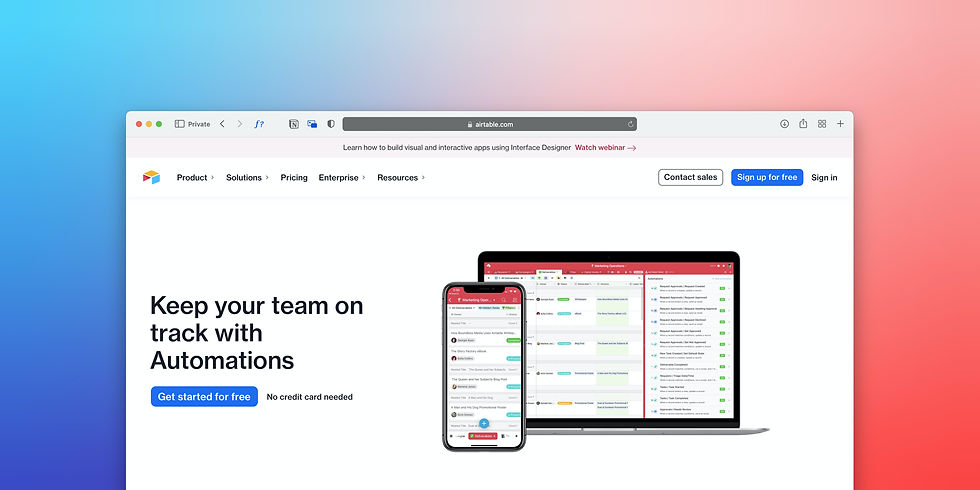Navigating Email Compliance in 2025: Key Regulations and Best Practices
- Canute Fernandes
- Jul 24
- 3 min read
Updated: Aug 4
Introduction: Email Is Still Mission-Critical—And Heavily Regulated
Despite the rise of AI chatbots, Slack, and social channels, email remains a primary channel for business communication—and it’s under increasing regulatory scrutiny. From GDPR and ePrivacy to the Digital Services Act (DSA) and AI governance frameworks, the compliance landscape for email in 2025 is more complex than ever.
In this post, we break down:
What regulations apply to business email
How to future-proof your digital communication policies
Tactical steps for IT and compliance teams
🛑 Key Regulations Affecting Email in 2025
📘 1. GDPR (EU)
Still enforces strict rules around personal data in email (names, contact info, behavior tracking).
Consent is required for newsletters and tracking pixels.
Data retention and encryption guidelines apply.
📘 2. EU Digital Services Act (DSA)
Focuses on transparency and accountability for digital communication platforms.
Applies to bulk messaging systems, auto-generated content, and B2B SaaS platforms.
Requires risk mitigation strategies and audit logs for email automation tools.
📘 3. AI Act (Pending Finalization)
Affects tools that use AI to generate, analyze, or personalize emails.
Requires risk classification, explainability, and bias controls.
CIOs must ensure AI email assistants comply with transparency rules.
⚠️ Common Compliance Risks in Business Email
❌ Sending mass emails without opt-in.
❌ Tracking email opens without explicit consent.
❌ Inadequate BCC usage (exposing addresses).
❌ Storing emails indefinitely.
❌ Using AI to draft sensitive messages without human review.
📊 48% of compliance breaches in B2B tech companies in 2024 were email-related (source: Forrester, 2025 Q1 Report).
✅ Enterprise Email Compliance Checklist for 2025
Area | Compliance Action |
Data Privacy | Encrypt outbound email + enable email expiration |
Consent Management | Use double opt-in for newsletters + unsubscribe link on all campaigns |
AI-Generated Emails | Label AI-generated content + enable review workflows |
Retention Policy | Set 3–5 year retention limits + auto-delete inactive inboxes |
User Training | Run annual email privacy + phishing awareness training |
Platform Selection | Choose email vendors that are GDPR/DSA/ISO 27001 certified |
Audit Logging | Maintain logs of mass emails + automation flows for review/audit readiness |
💼 Real-World Scenario: Email Compliance at Scale
Company: MedSys Europe
Problem: Sending AI-personalized outreach via Gmail API led to a GDPR warning.
Solution:
Added human-in-the-loop for sensitive messages.
Logged all AI email prompts for auditability.
Deployed consent gateway before email capture.
Outcome: Compliance risk reduced, and marketing productivity remained stable.
🛡️ Best Practices for Email Compliance in a Hybrid Work Era
🛑 Block forwarding of sensitive content by default.
📥 Use DLP (Data Loss Prevention) tools on G Suite or M365.
🧠 Educate teams on phishing and social engineering risks.
🔍 Regularly review inactive aliases and ghost inboxes.
🔐 Require S/MIME or TLS encryption for vendor communications.
🔄 Future Trends to Watch
📜 Auditability by Design: All automation flows will require logs.
📢 Consent-first personalization will become the norm (even in AI-generated emails).
🤖 AI transparency mandates will apply to email-writing copilots.
🧾 Cross-border data protection alignment will affect multinational email handling.
💬 FAQ
Q: Is it illegal to track email opens under GDPR?
A: Only with explicit consent. Tracking pixels must be disclosed and opt-out options provided.
Q: Can AI draft emails for employees under EU law?
A: Yes—but they must be reviewed, explainable, and clearly marked if used for communication.
Q: Are we required to delete emails after a set time?
A: Yes. GDPR recommends data minimization, which includes setting retention limits on email content.




Comments